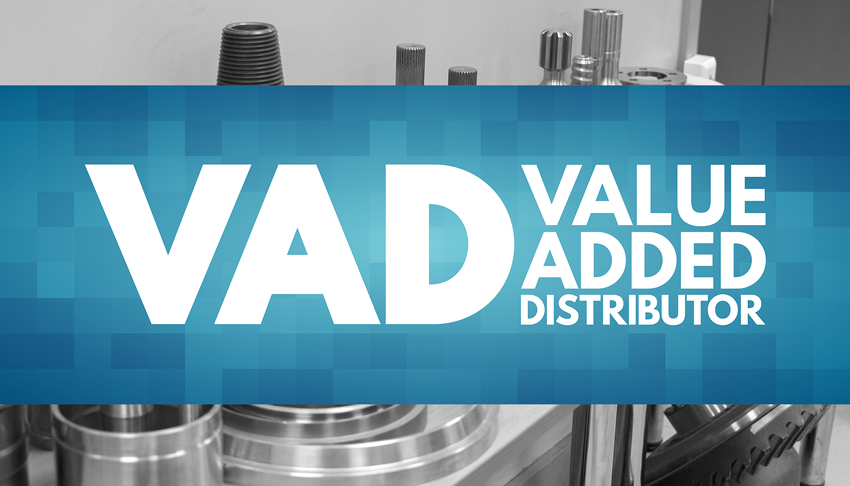Introduction
The global aerospace parts manufacturing industry is a critical contributor to modern aviation and is anticipated to experience significant growth in the coming years. Driven by increasing demand for new aircraft, technological advancements, and the growing need for replacement parts and maintenance, the sector is set to soar.
This article provides an in-depth analysis of the market, highlighting key trends, opportunities, and challenges shaping its projected trajectory from 2023 to 2033.
Understanding the Aerospace Industry
The aerospace industry encompasses various sectors, including commercial aviation, military aviation, and space exploration. Manufacturing in this industry is crucial, producing essential components for different types of aircraft, such as commercial planes, space rockets, satellites, business jets, and military aircraft.
These parts, ranging from engines and avionics to cabin interiors and insulation components, are produced using advanced manufacturing techniques that ensure precision, durability, and reliability.
Challenges in Manufacturing Aerospace Parts
The aerospace parts manufacturing industry faces several challenges:
Stringent Regulatory and Quality Standards
Companies must meet rigorous standards and certifications, such as AS9100D and ISO 9001:2015, to ensure the highest quality and safety.
Material Selection and Sourcing
The industry relies on high-quality materials like titanium and composites, which can be expensive and challenging to source.
Complexity of Aerospace Components
The precision required in aerospace components demands advanced manufacturing techniques and technologies.
Cost and Time Constraints
High manufacturing costs and the need for timely production can create barriers for market development.
Innovative Technologies in Aerospace Manufacturing
The aerospace industry is embracing several innovative technologies to overcome these challenges:
Advanced Manufacturing Techniques
Techniques like 3D printing and CNC machining are revolutionizing the production of aerospace parts, enabling higher precision, efficiency, and repeatability.
Composite Materials
Lightweight, durable materials such as carbon-fiber composites are increasingly used in various aircraft components, enhancing fuel efficiency and performance.
Automation and Robotics
Automation in manufacturing processes improves precision and repeatability while reducing the possibility of human error.
Quality Control Innovations
Non-destructive testing and AI-driven inspection ensure that parts meet stringent quality standards.
The Role of Custom Metal Forming in Aerospace
Custom metal forming processes, including bending, welding, and stamping, are vital in aerospace manufacturing. These processes are used to create structural components, engine parts, and other critical elements.
Custom metal forming offers benefits like durability and weight reduction, essential for improving aircraft performance and efficiency.
Future Trends in Aerospace Manufacturing
The future of aerospace manufacturing looks promising with several emerging trends:
Sustainable Manufacturing Practices
Increasing focus on reducing environmental impact through sustainable materials and processes.
IoT and Industry 4.0 Technologies
Integration of advanced technologies for improved data analysis and process optimization.
New Regulations and Standards
Adaptation to evolving regulatory landscapes to ensure compliance and safety.
Emerging Markets
Growth opportunities in regions like Asia-Pacific, driven by rising demand for air travel and domestic aerospace production.
Market Dynamics and Opportunities
The global aerospace parts manufacturing market, valued at US$ 910 billion in 2023, is projected to grow at a CAGR of 3.6%, reaching US$ 1,297 billion by 2033. Key growth drivers include:
Predictive maintenance, powered by big data and analytics, is creating unique growth opportunities by enabling airlines to reduce maintenance expenditures and enhance operational efficiency.
Conclusion
The aerospace industry demands the highest level of quality and precision from parts and components manufacturers. By leveraging innovative technologies, maintaining stringent quality standards, and adapting to emerging trends, the aerospace manufacturing sector is well-positioned for sustained growth and success.
Companies that stay ahead of technological advancements and regulatory requirements will continue to play a vital role in the industry’s future.
Did You Know?
For more than forty years Mechanical Power has been supplying high-quality industrial parts at competitive prices from around the world.
Maximize efficiency of your equipment.

Resourceful and innovative Marketing Pro, with 20+ years of progressive experience in the marketing and creative technology industry. Responsible for digital and traditional marketing efforts that promotes brand awareness, increases engagement, and drives revenue.



















